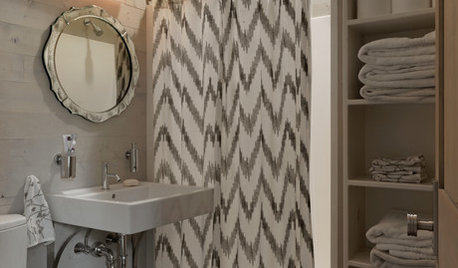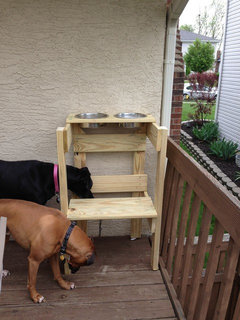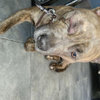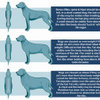Anyone's dog have megaesophagus?
wantoretire_did
14 years ago
Featured Answer
Comments (18)
trinigemini
14 years agogreenbean08_gw
14 years agoRelated Professionals
Hillcrest Heights Architects & Building Designers · Holtsville Architects & Building Designers · Madison Heights Architects & Building Designers · Royal Palm Beach Architects & Building Designers · Washington Architects & Building Designers · Memphis Furniture & Accessories · Wichita Furniture & Accessories · Leland Flooring Contractors · Miami Flooring Contractors · Norwalk Flooring Contractors · Orange Flooring Contractors · Palm Valley Flooring Contractors · Saint Louis Park Flooring Contractors · Saint Paul Flooring Contractors · Smyrna Flooring Contractorswantoretire_did
14 years agoholligator
14 years agocindyxeus
14 years agoholligator
14 years agocindyxeus
14 years agoholligator
14 years agopaula_g_09_hotmail_co_uk
12 years agopetaloid
12 years agomikecomptom
10 years agomikecomptom
10 years agomikecomptom
10 years agomariannef2
10 years agoLizRVT
10 years agojennie4335
8 years agoJosie Samuel
8 years ago
Related Stories

MUDROOMSThe Cure for Houzz Envy: Mudroom Touches Anyone Can Do
Make a utilitarian mudroom snazzier and better organized with these cheap and easy ideas
Full Story
DECORATING GUIDES7 Bedroom Styling Tricks Anyone Can Do
Short on time or money? You can spruce up your bedroom quickly and easily with these tips
Full Story
COMMUNITYCommunity Building Just About Anyone Can Do
Strengthen neighborhoods and pride of place by setting up more public spaces — even small, temporary ones can make a big difference
Full Story
BUDGET DECORATINGThe Cure for Houzz Envy: Entryway Touches Anyone Can Do
Make a smashing first impression with just one or two affordable design moves
Full Story
BUDGET DECORATINGThe Cure for Houzz Envy: Living Room Touches Anyone Can Do
Spiff up your living room with very little effort or expense, using ideas borrowed from covetable ones
Full Story
BEDROOMSThe Cure for Houzz Envy: Master Bedroom Touches Anyone Can Do
Make your bedroom a serene dream with easy moves that won’t give your bank account nightmares
Full Story
LAUNDRY ROOMSThe Cure for Houzz Envy: Laundry Room Touches Anyone Can Do
Make fluffing and folding more enjoyable by borrowing these ideas from beautifully designed laundry rooms
Full Story
CLOSETSThe Cure for Houzz Envy: Closet Touches Anyone Can Do
These easy and inexpensive moves for more space and better organization are right in fashion
Full Story
BATHROOM DESIGNThe Cure for Houzz Envy: Bathroom Touches Anyone Can Do
Take your bath from blah to ‘ahhhh’ with just a few easy and inexpensive moves
Full Story
KITCHEN DESIGN6 Clever Kitchen Storage Ideas Anyone Can Use
No pantry, small kitchen, cabinet shortage ... whatever your storage or organizing dilemma, one of these ideas can help
Full StorySponsored
Most Skilled Home Improvement Specialists in Franklin County
More Discussions












cindyxeus